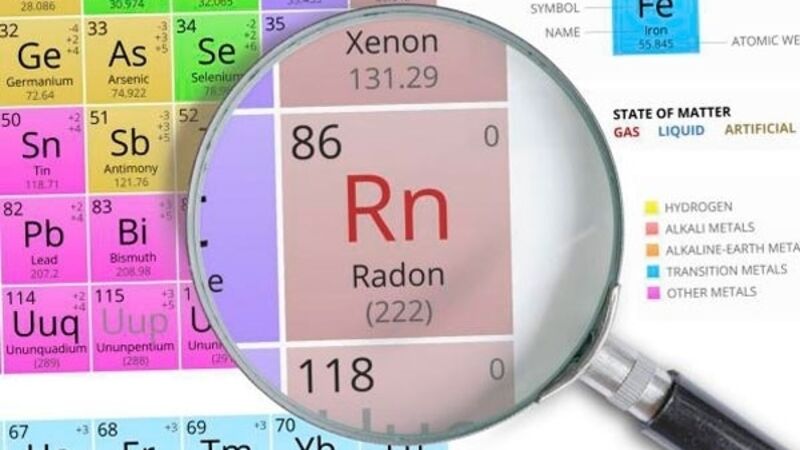Action on deadly radon gas now 16 years overdue

Deadly radon gas claims six victims every week on average, yet plans formulated more than 16 years ago to develop a remediation scheme for affected houses have never been implemented.
The Environmental Protection Agency (EPA) is to tell the Government it must now introduce a mix of legal obligations and financial incentives to persuade homeowners and landlords to take action to protect themselves and their tenants.
The recommendations come after the number of radon-linked lung cancer cases, which are almost always fatal, was revised upwards from around 200-250 yearly to 300 — twice the number of deaths (149) on the road in 2018. The recommendations will be made in a report to be delivered to the Government in the months ahead, which will form part of the next National Radon Control Strategy.
The EPA said it had almost completed a pilot survey to gauge what kind of financial incentives would be needed to convince homeowners to test their homes for radon and to carry out remedial works where needed.
“Once the project has been completed [this year], we will review the project and make recommendations regarding the rollout of such a scheme on a larger scale,” it said.
However, critics say that even if a scheme is developed, it will be long overdue and that there are other key measures for tackling radon that have been similarly neglected.
A remediation scheme was provided for in the Radiological Protection (Amendment) Act in 2002, but the EPA said it was poorly devised, unworkable, and was never put in place.
The first National Radon Control Strategy was agreed in 2014 — the year the Radiological Protection Institute of Ireland was merged with the EPA. The strategy had the aim of reducing radon- related lung cancer cases over four years but, instead, the number of identified cases has risen.
That first strategy revived the idea of financial incentives to encourage testing and remediation works. It suggested free testing for radon — which occurs naturally in underlying rock — in targeted communities, but these were not implemented.
David Healy, a Green Party member of Fingal County Council, said one of the biggest disappointments was the failure to act on the strategy’s recommendations for tackling radon in the private rented sector.
“When councils do inspections on private rented accommodation, all they can do is ask if the property has been tested,” he said.
“Fingal asked over 500 landlords and none of them had tested.
“I assume that’s pretty much the case across the entire country and there is nothing in place to deal with that.”
The strategy said landlords should be legally obliged to test for radon as part of the Standards for Rented Houses Regulations, but the standards were revised in 2017 and a radon provision was not included.
“The result is we’re getting very low progression in the owner-occupied houses and nothing in the privately rented sector,” Mr Healy said.
The EPA said the next strategy “is likely to recommend that during the next review of the relevant legislation that a requirement for radon measurements is included”.
The EPA says radon levels in Irish homes are twice the European average.
Around 10% of the population is believed to live in homes with potentially dangerous levels of radon, yet only about 7% of those homes have been identified.
David Fenton of the EPA’s Office of Radiological Protection said people should be aware of the dangers of radon and not be afraid of tackling it.
“You only have to test once, and if it turns out there is a high level in your home, there are remedies — membranes and vents — that are quite easily installed,” said Mr Fenton.













